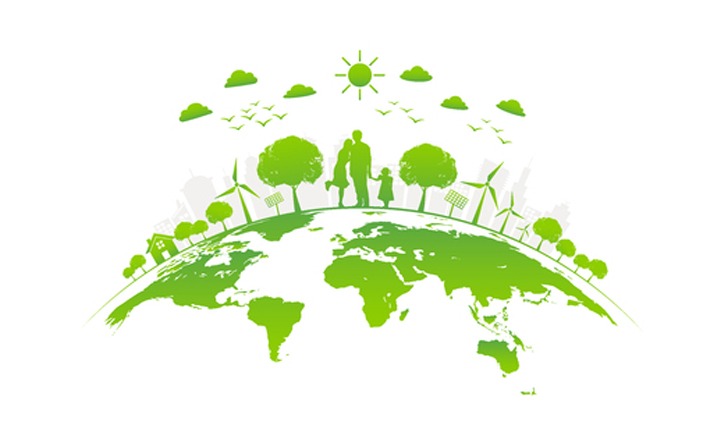Every year on April 22nd, Earth Day is celebrated. The day motivates us to take action to protect the environment and to emphasize the importance of conservation.
‘Restore Our Earth’ is the theme for Earth Day 2021. It focuses on restoring habitats by using natural processes and new eco-friendly technologies.
Earth Day symbolizes all we’re trying to do in order to make the planet a better place for future generations. This is something we should be thankful for every day.
There are easy ways to preserve the environment while still enjoying its best features. Be a more environmentally conscious traveler, from booking eco-friendly vacations to making your hotel stays more green.
Aircraft emissions are extremely difficult to reduce, owing to the fact that renewable energy, which has helped to decarbonize other sectors, is ineffective in replacing jet fuel. As a result, if nothing changes, air transportation’s emissions could more than triple while several other sectors race to zero.
How To Achieve Sustainable Travel With A Private Jet?
While private flights are not yet as environmentally friendly as we would like, there are more environmentally friendly options on the horizon, as well as some compelling reasons for private jet travel.
Private jet charters are used more often than privately owned private jets since many individuals can use the same charter during the year.
This reduces the product waste associated with making a privately owned jet idle for the majority of the year, but it also means more flights from a single jet, resulting in increased carbon emissions.
Today, no designer can prepare for the future without considering the environmental effects of their manufacturing processes, which engineers refer to as “eco-design.” The most sustainable eco-design principles must be followed throughout the entire life cycle of our aircraft, from raw material mining to manufacturing, in-flight operations to end-of-life recycling.
Dassault produces the world’s most environmentally friendly jets. They have higher strength-to-weight ratios than most rival aircraft, as well as advanced engines that produce less noise and emissions than ever before.
Falcons have the most effective thrust-to-weight ratios in the industry. For comparable efficiency and agility, they use 20 percent to 60 percent less fuel than competing models.
Sustainable fuel may seem to be a long way off, but it is already within our grasp, although with some kinks to iron out. Water is a renewable energy source. When it is electrolyzed, it produces hydrogen, which is then combined with CO2 from the atmosphere to create man-made kerosene. Power to liquid is also very costly, and only a few jets and planes can use it at the moment, but it has a promising future.
Battery-powered and solar-powered planes are moving closer to being a reality on a wide scale. Experts do not expect them to be completely mastered and embraced anytime soon.
The place where you fly to has a significant effect on the overall environmental impact of your flight. Some airports are leading the way in terms of sustainability, such as those that generate their own electricity from wind or water.
Sustainable Travel: The New Era of Private Jet Travel
A number of private aviation companies already started taking steps to reduce the CO2 emissions. Not only has private aviation been focusing on green options, such as clean fuel substitutes, but it has done so for some time. Carbon offset services are now available from a variety of private aviation companies.


